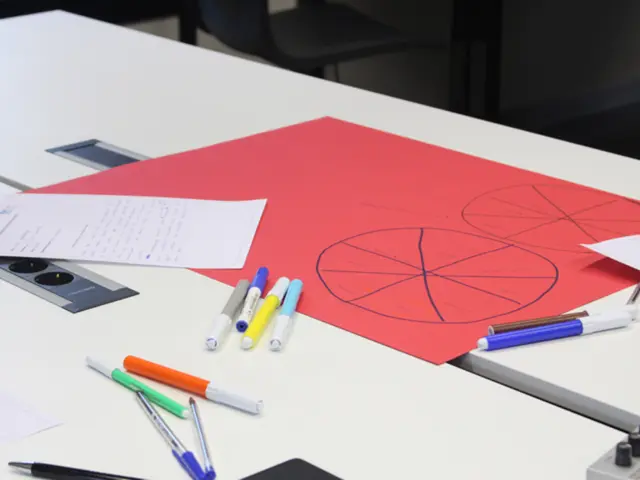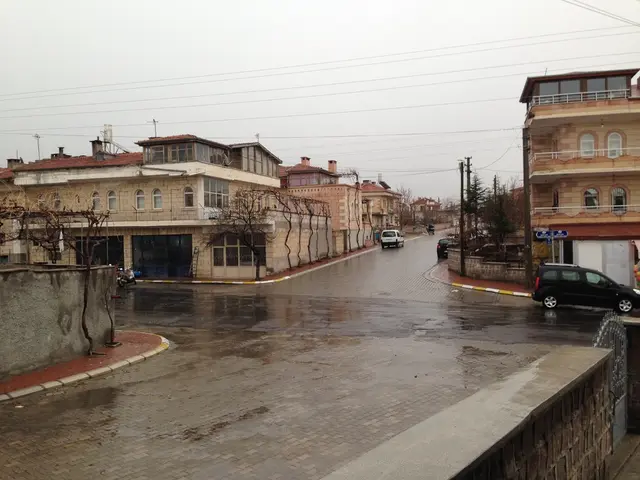EU Council Adopts Euro 7 Approach, Setting Stage for Emission Talks
The Council of EU Member States has adopted a general approach for Euro 7 regulations, aiming to control vehicle pollutant emissions. This move follows varied political stances among EU parties and sets the stage for further negotiations with the European Parliament.
The Council's decision, reflecting the diverse views of EU Member States, has not retained all of the Commission's proposed revisions. Notably, it has omitted new refuelling emissions requirements and reduced evaporative limits. However, it has preserved limit values for tires and brakes.
The Council's approach, which regresses to Euro 6 standards for some aspects, has been criticized for not supporting stricter air quality limits or encouraging innovation. The European Automobile Manufacturers' Association (ACEA) has expressed concern that this could hinder the EU's goal of achieving net-zero emissions by 2050.
The European Parliament is set to decide on its position on 12 October, after which trilogue negotiations will commence. The Committee of European Car Manufacturers' Associations (CECRA) has urged co-legislators to work together on robust Euro 7 standards and their swift adoption before the EU elections in June 2024.
In the coming decade, an estimated 100 million conventionally powered vehicles will be sold in the EU. The outcome of the Euro 7 negotiations will significantly impact these sales and the automotive industry's transition towards cleaner vehicles. The Council's decision, while not fully aligning with the Commission's proposals, has opened the door for further discussions with the European Parliament to find a balanced approach.
Read also:
- Kazakhstan's National Bank Boosts Currency Sales to $1.4 Trillion in Q4
- Duty on cotton imported into India remains unchanged, as U.S. tariffs escalate to their most severe levels yet
- Steak 'n Shake CEO's supposed poor leadership criticism sparks retaliation from Cracker Barrel, accusing him of self-interest
- Hydrogen Energy: Sustainable Innovation or Resource Exploitation?







